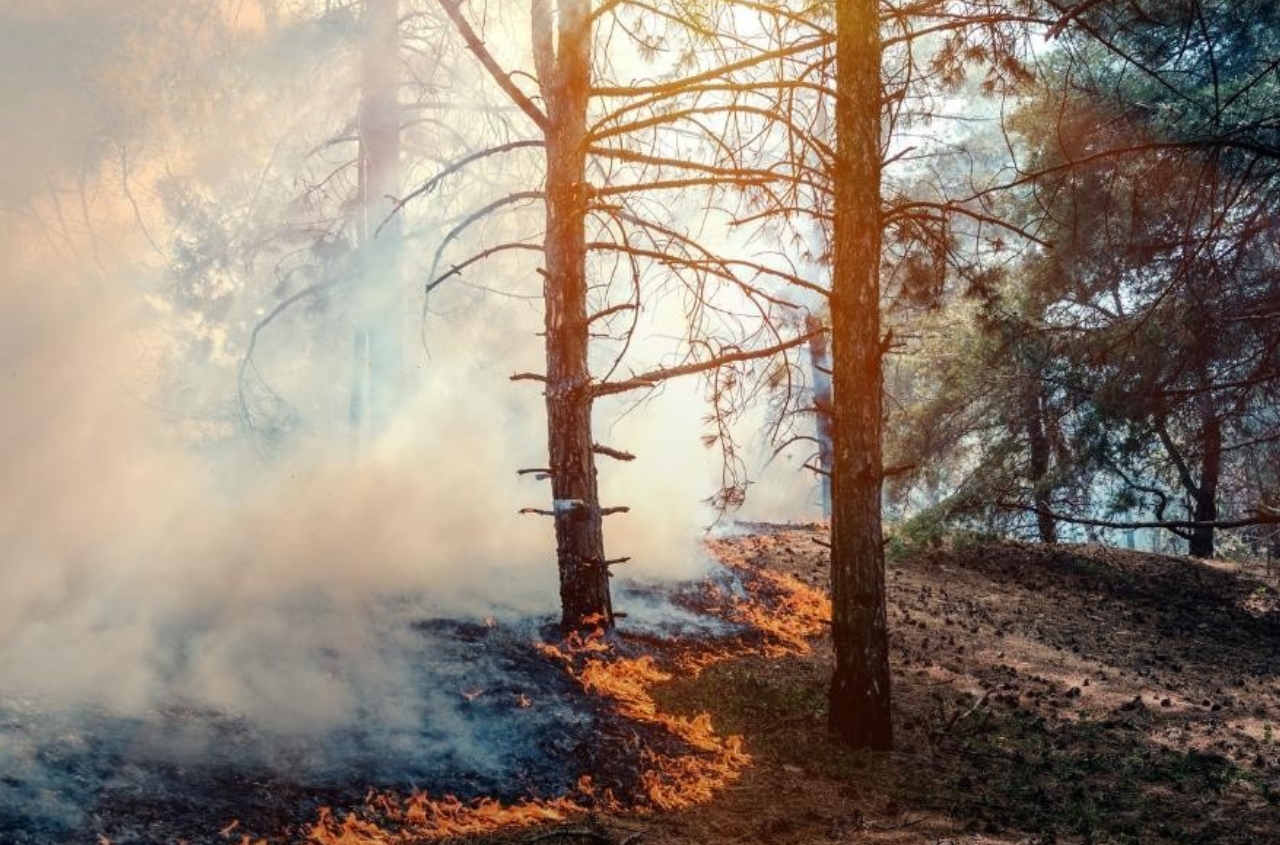The publication was prepared with the financial support of the EU – UNDP project ‘Improving Environmental Monitoring in the Black Sea: Selected measures’ (EMBLAS-Plus). This publication was produced with the financial support of the European Union and UNDP. Its contents are the sole responsibility of the authors and do not necessarily reflect the views of the European Union or UNDP.
Authors: B. Aleksandrov, O. Adrianova, N. Atamas, V. Bolshakov, O. Bondarenko, I. Chernichko, V. Demchenko, S. Dyatlov, Y. Dykhanov, E. Dykyi, O. Garkusha, P. Gol’din, S. Hutornoy, V. Komorin, Y. Kvach, V. Mamaev, O. Manturova, O. Marushevska, A. Mikelyan, Yu. Mikhalev, G. Minicheva, I. Sinegub, T. Shiganova, J. Slobodnik, A. Snigiryova, M. Son, K. Vishnyakova, A. Zotov. Illustrator: I. Pustovar.

The diversity of lifeforms in the Black Sea is concentrated in the oxygenated upper layer of water. Concurrently, almost 87% of the Black Sea water is anoxic. For the last 20 years, the hydrosulphuric layer has risen by 20-25m, and now the anoxic zone starts at the depth of 90-160m. The thickness of the upper oxygenated layer is unevenly distributed. There are a number of currents that flow along the continental slope and form western and eastern cyclonic circulations. In the course of EMBLAS project activities in 2016-2017, it was discovered that the lower limit of the oxygenated layer in the centres of these circulations rises by 54m, forming so-called hydrosulphuric domes.
Hydrogen sulphide is formed through the process of the decomposition of plant and animal remains by sulphate-reducing microorganisms. The concentration of hydrogen sulphide in the sea water increases in proportion to pressure increases. The difference in salinity and density prevents the hydrosulphuric layer from extra mixing with oxygen - there is a transition zone between them, but it is quite thin (only 10-20m) relative to the sea’s total depth.

The anoxic zone is often called lifeless. Indeed, it is not very hospitable for fish, dolphins, and even invertebrates. But still the life found here is very diverse! Only two of the oldest branches of living creatures are able to survive there - bacteria and archaea. On the plus side, this zone became a kind of nature reserve for these organisms - nowhere on our planet can we found such quantities of anoxic water, which precisely replicate the living conditions that held sway during the earth’s earliest eras, before plants began to photosynthesise and create our oxygen-based atmosphere. During the EMBLAS project, this ‘natural reserve’ was examined using metagenomic analysis (DNA reading of all microbes in a sample). It turned out that the Black Sea was inhabited by various bacteria and archaea species belonging to dozens of different genera, which were found in other places of the world’s oceans only in very specific settlements, e.g. geothermal abruptions (i.e. geysers located in the zones of ocean ridges), Norway’s closed fiords, and others. So, the Black Sea gives us a unique opportunity to look back into the distant past of the Earth, or to train before we explore other planets, most of which do not have oxygen-based atmospheres. Thus, although it is devoid of oxygen and permeated by hydrogen sulphide, the anoxic layer is more alive than dead, and absolutely unique.
However, this large anoxic ‘natural reserve’ is in contradistinction to dead zones in the worlds waters, which are also frequently anoxic, albeit due to processes like eutrophication or acidification. This phenomenon of localised fish die-offs is a real problem throughout the North-Western shelf. These die-offs take place as a result of algal blooms and eutrophication of water, i.e. excessive nitrogen and phosphorus run-off into water bodies. In the 1970s-1980s, fish kills covered an area of 70,000 square kilometres of sea surface. Nowadays, the scope of fish kills has decreased somewhat, but they are still far from rare. They can be detected from the seashore by the smell of hydrogen sulphide, a whitish colour in the water, and a concentration of dormant fish near the coast. As such, despite its anoxia, the Black Sea’s life (or death) depends on us, and what we dump into it.





















